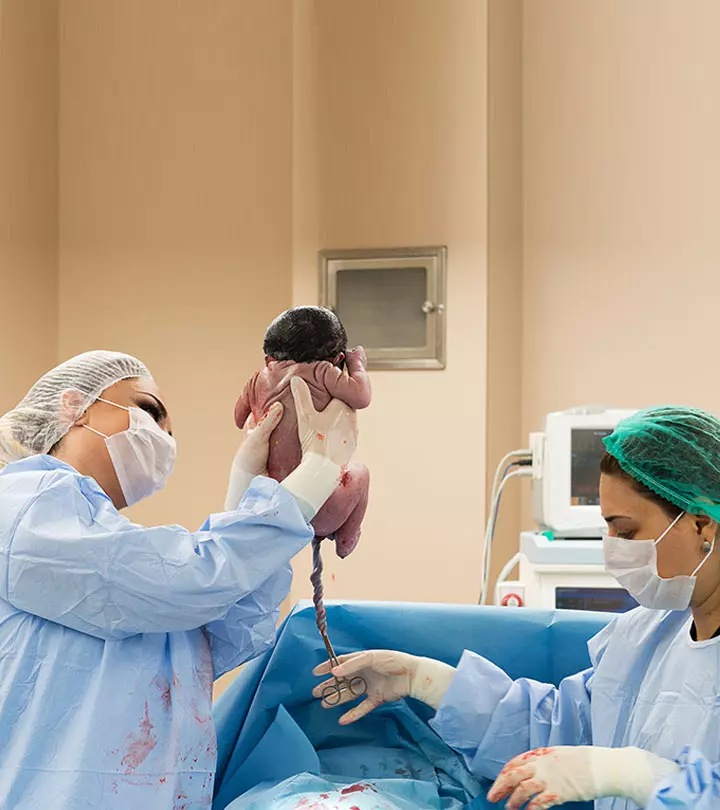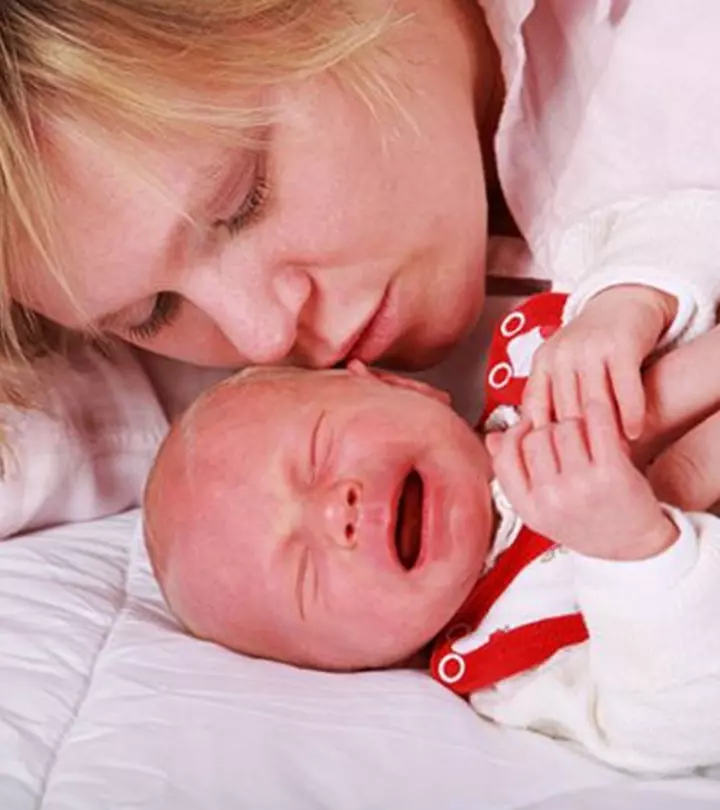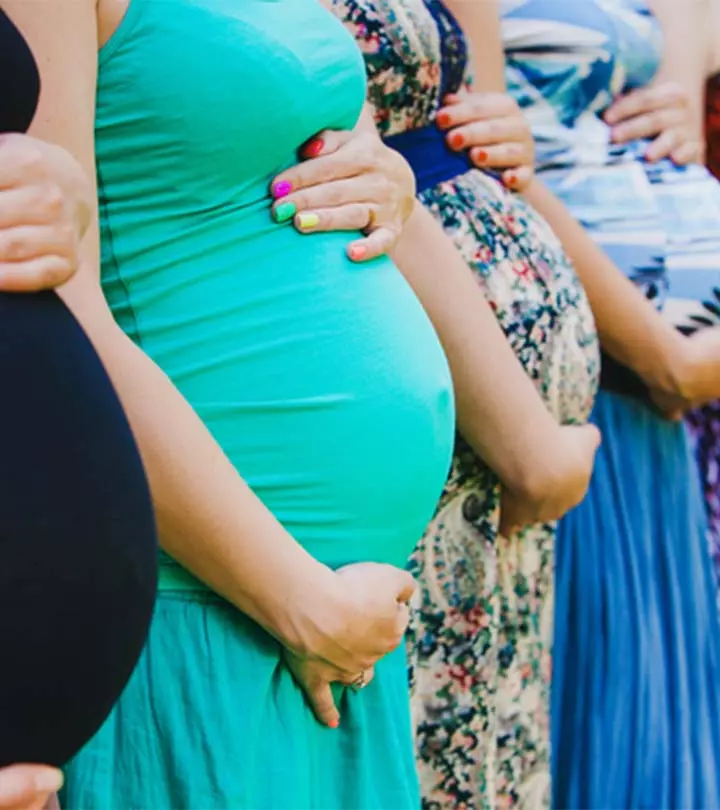

Image: Shutterstock
Did you think that C-section deliveries make it easier for you and your baby? Well, please think again. C-section is a major operation and can result in long-term complications that you may not even know about at first. Here are some facts you should consider before deciding which way to go.

1. C- Section = Big Surgery
Your area becomes numb when the doctors apply general or local anesthesia. They invade the spot below your bikini line by making a 10–20cm incision. It doesn’t end here. You then receive a catheter post surgery so that you can take a leak. Oh and don’t forget the intense pain you will go through this entire time.
2. Chances Of Fatality Are 5 Times Higher
The US tops the list for the number of C-sections done every year. The latest report on maternal health showed that the country moved in the opposite direction of international trends as far as maternal mortality rates are concerned. Although the UN Millennium Development goal was to achieve a 75% reduction in maternal mortality, the US ended up increasing it by 26.6% in a span of four years from 2010 to 2014 (1).
3. Future Pregnancies Could Be Problematic
With a C-section done once, complications for future pregnancies can range from uterine rupture and placenta previa to cases of abnormal placenta attachment.
4. It Takes Longer To Recover
While it may seem like a short-term gain, C-section deliveries take much longer to heal, not to mention the immense pain that comes along. Scars are one thing, but the list is much longer: pain while performing an everyday routine of excretion and undesired infections; swellings and bleeding definitely stick around for longer. You don’t want that.
5. Twins Or Multiples Might Necessitate A C-Section
Unfortunately, the chances of pregnant mothers carrying twin or multiples getting a C-section are much higher. It so happens that the babies are not able to sustain the pressure of natural birth, or may get distressed in some way thus needing an immediate delivery. There may be other reasons in the mix: not enough fluid, heart rate being abnormal, position of the baby, or inconsistent labour.
6. First C-Section Doesn’t Lead To Recurring C-Sections
It is common for women to think that if they have gone through a C-section delivery once, then all future pregnancies will end up the same way. That’s absolutely not true. There are plenty of women who ended up having a natural, vaginal birth the second time even if the first time was a C-section due to key medical issues. In the medical world, they call it VBAC (vaginal birth after cesarean).
7. Breathing Issues May Occur For C-Section Babies
Babies born out of a C-section delivery often need additional breathing support due to the speed with which the procedure takes place. The vaginal canal has an important role to play in the baby’s breathing. Since a C-section delivery totally skips an important part of the female genital tract that helps clear their lungs and respiratory system, babies could end up with breathing difficulties.
Unless there is no other option and you’ve tried every single measure to avoid a C-section and it still didn’t work, try you best to go with a vaginal birth that is simpler, effective and without complications. If nature wanted mothers to get everything without pain, then why would women get pregnant for nine months in the first place? Please remember that the natural delivery, just like your natural pregnancy, is the right way for you and your baby.
Community Experiences
Join the conversation and become a part of our nurturing community! Share your stories, experiences, and insights to connect with fellow parents.













